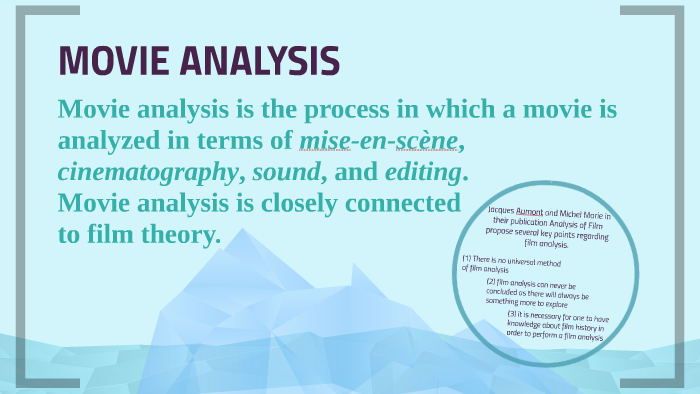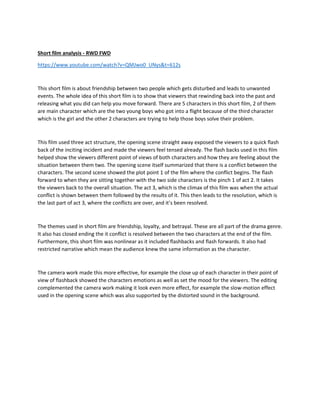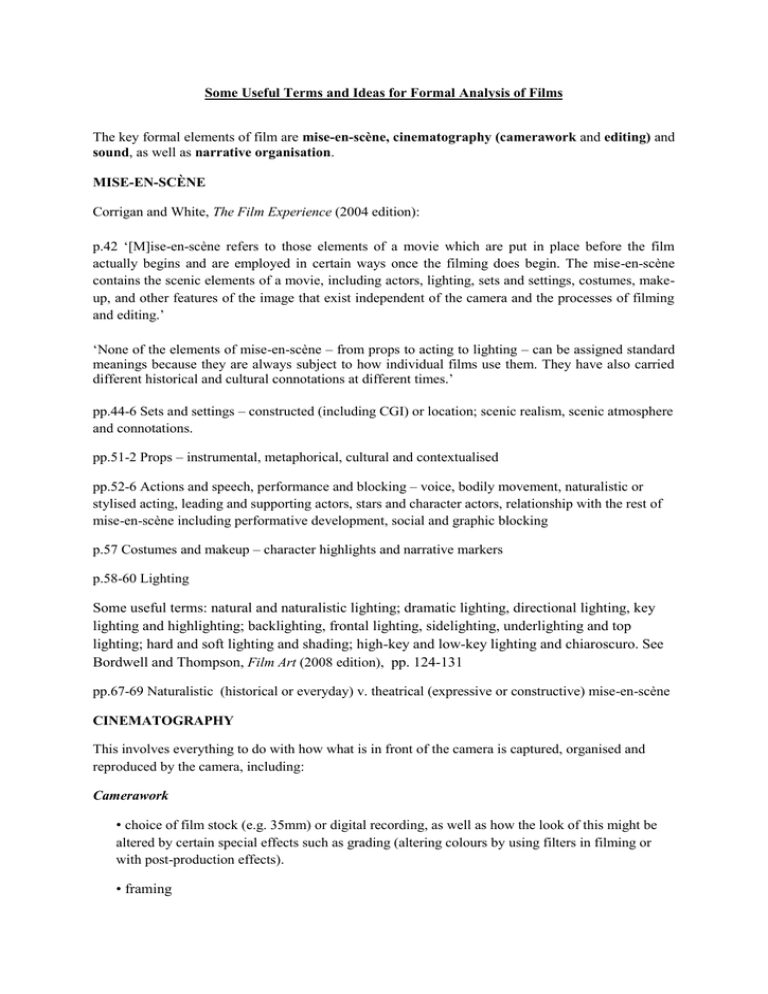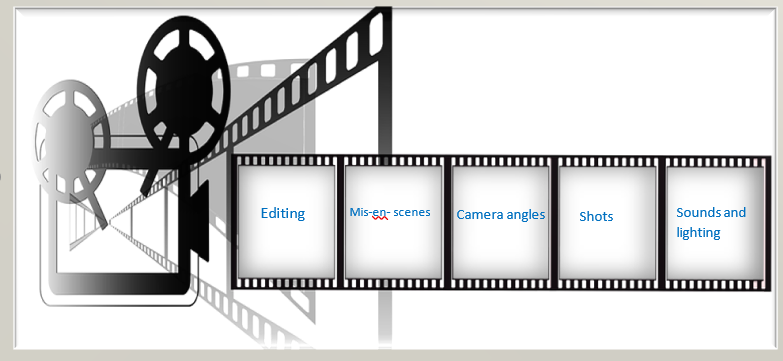Film editing is an essential aspect of the filmmaking process, as it determines the final look and feel of a film. It involves selecting, arranging, and manipulating shots and scenes in order to create a cohesive and effective narrative. Editing has the power to change the tone, pace, and emotional impact of a film, and can even alter the viewer's interpretation of events.
One of the primary functions of film editing is to establish continuity, both within a single scene and throughout the entire film. This means that the editor must ensure that the shots flow smoothly and logically from one to the next, and that the action and dialogue are coherent. This can be achieved through the use of matching cuts, shot/reverse shot sequences, and other techniques.
Another important aspect of film editing is pacing, which refers to the speed at which the story is told. A film can be edited to be fast-paced and action-packed, or slow and contemplative, depending on the desired effect. The editor has control over the length of each shot and the transitions between shots, and can use this control to manipulate the viewer's sense of time and create tension or suspense.
In addition to continuity and pacing, film editing can also be used to convey mood and emotion. A well-edited film will use the right music, sound effects, and visual elements to create a specific atmosphere and elicit a particular response from the viewer. For example, a montage sequence set to upbeat music might be used to convey a sense of optimism or joy, while a series of quick cuts and close-ups might be used to create a feeling of chaos or confusion.
One of the most famous examples of innovative film editing is the shower scene in Alfred Hitchcock's "Psycho." Hitchcock used a technique called the "Mosaic Cut" to create a sense of disorientation and terror, as the camera jumps rapidly between close-ups of different body parts and objects. This scene has become iconic and has influenced many other films, showing the power that film editing has to shape the viewer's experience.
In conclusion, film editing is a crucial part of the filmmaking process, as it determines the final look and feel of a film. It is responsible for establishing continuity, pacing, and mood, and has the power to alter the viewer's interpretation of events. A skilled editor can use a variety of techniques to create a cohesive and effective narrative, and to elicit a desired emotional response from the viewer.






